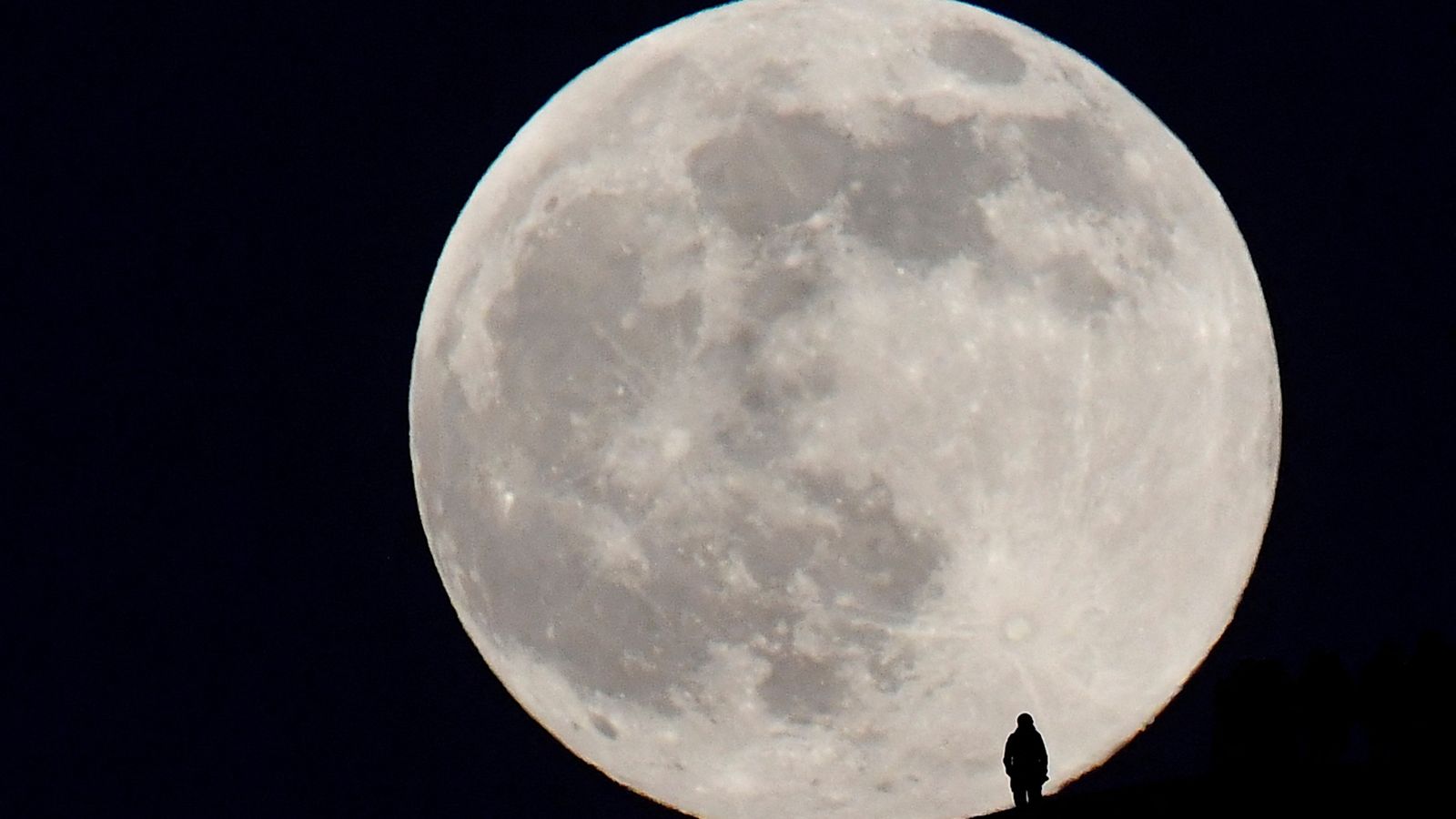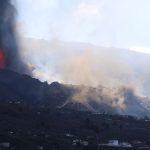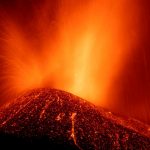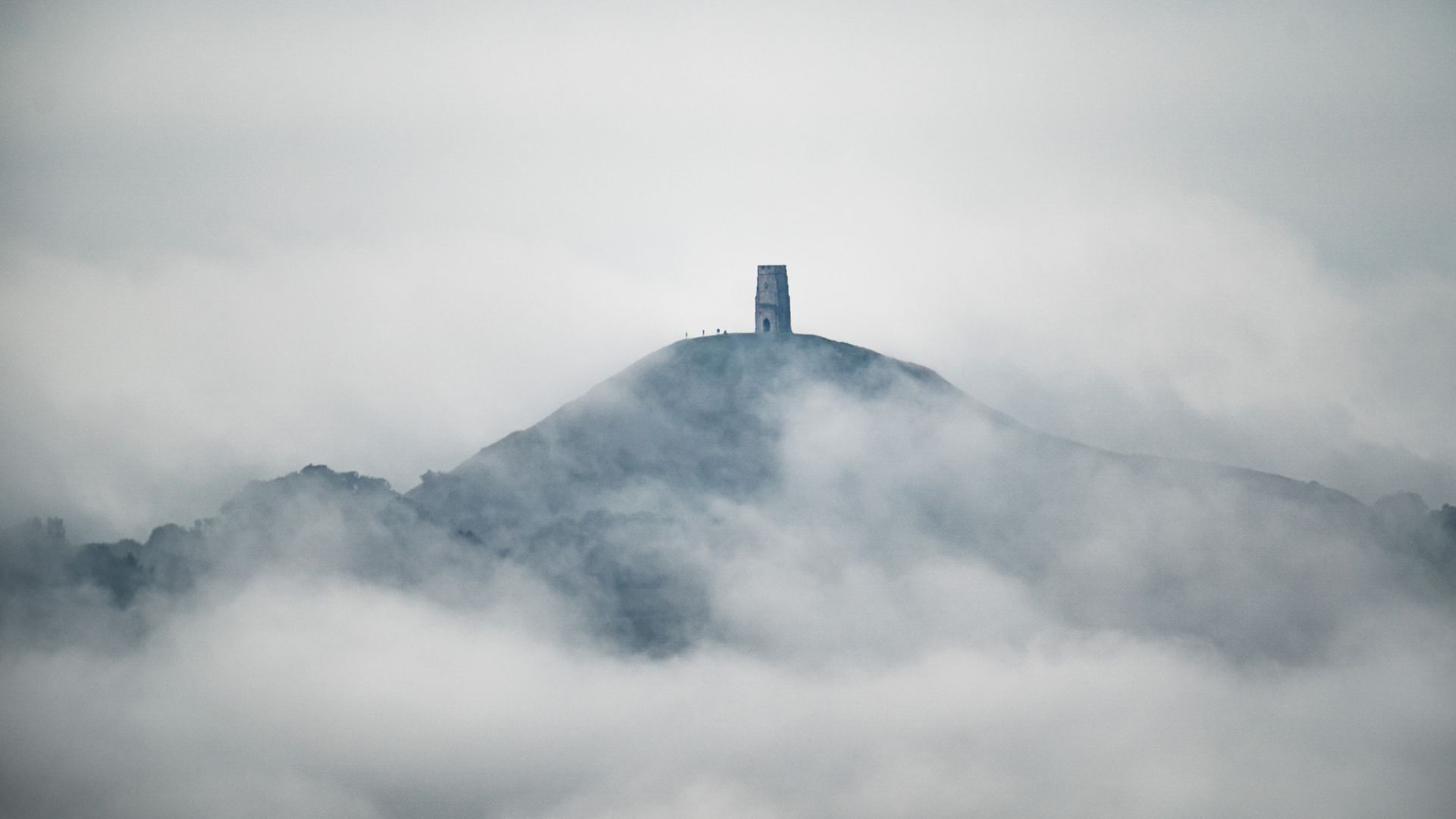Three tons of space junk is hurtling towards the Moon at a speed of 5,800mph, but nobody is willing to claim it.
The leftover rocket – about 12 metres long and three metres in diameter – is due to smash in to the far side of the Moon on Friday.
But telescopes will not be able to see it, meaning it could take months to confirm the impact using satellite images.
It is expected to carve out a hole up to 20 metres across, and send moon dust flying for hundreds of miles.
Elon’s Musk’s SpaceX initially held their hands up as the source of the junk after the collision course was first noticed in January by asteroid tracker Bill Gray.
“I really just don’t see any way it could be anything else”
But Mr Gray corrected himself in February, admitting that the object was not a SpaceX Falcon rocket upper stage from the 2015 launch of a deep space climate observatory for NASA.
Ukraine-Russia news live: ‘These are not warriors of a superpower’: Zelenskyy defiant as refugees top one million
Ukraine invasion: Putin’s ‘mistakes’, Zelenskyy’s ‘heroism’ and the West’s reaction – the key takeaways from the first week
Ukraine invasion: Russian commanders ‘will be hunted down for war crimes’, justice secretary warns
Instead, the mathematician and physicist concluded it was the third stage of a Chinese rocket which sent a test sample capsule to the Moon in 2014.
He told The Associated Press: “I’ve become a little bit more cautious of such matters, but I really just don’t see any way it could be anything else.”
In February, a spokesman for the Chinese foreign ministry said the upper stage of the rocket in question had re-entered Earth’s atmosphere and burned up.
But there were two Chinese missions with similar objectives – the test flight and the lunar sample return mission – and it is possible the two are being confused.
US Space Command has said that the Chinese upper stage from the 2014 lunar mission never de-orbited.
Defenceless against a constant barrage
The Moon already has many craters – the largest of them are thought to be 1,600 miles.
It faces a constant barrage of meteors, asteroids, and the occasional incoming spacecraft but, without any real atmosphere, it is defenceless.
The Moon also has no weather, so the craters last forever.
Mr Gray said the space junk problem was not limited to China, or any other country, adding: “Nobody is particularly careful about what they do with junk at this sort of orbit.”
In November last year, Russia was criticised for a “reckless and irresponsible” weapons test which created more than 1,500 pieces of debris and endangered the seven crew aboard the International Space Station.
Astronauts aboard the space station have had to carry out a number of “avoidance manoeuvres” in recent years to prevent it from being hit by space junk.






















